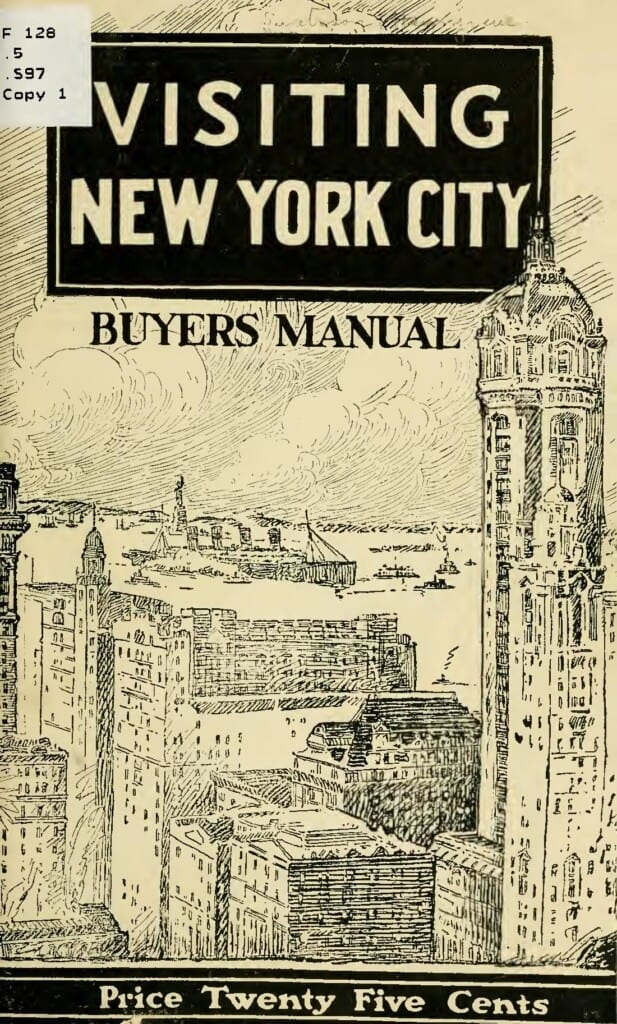The 1920 census revealed just over 106 million persons residing in the United States. The following year, 1921, the number of automobiles on American roads surpassed the 10 million mark. American roads were, for the most part, inadequate to accommodate them, especially in rural areas. The railroads and interurban commuter companies stood in opposition to tax dollars being expended to improve them. The bulk of intercity passenger traffic, whether for business or pleasure, traveled by rail. Oil companies and automobile manufacturers supported improved roads, making travel requiring their products safer and cheaper. And more and more Americans took the opportunity to travel for pleasure, using their ever more cheaply obtainable automobiles. Thus, creating the American tourist.

ADVERTISEMENT - CONTINUE READING BELOW
The nation celebrated its victory in the Great War, its emergence from a post-war recession, and its rising prosperity. Tourist destinations gained popularity, especially those reachable by car. The number of visitors to state and national parks grew each year of the decade known as the Roaring Twenties. Workers in the automobile plants in Michigan, Indiana, and other northern climes visited the then nearly empty beaches of the East Coast and Florida. Americans visited New York to marvel at the Statue of Liberty and drive across the Brooklyn Bridge. Tourism became an industry. Some Americans chose to travel to locales in Canada or Mexico, largely to escape from another feature of the 1920s, Prohibition. Here are the most popular tourist destinations of 1921, the year most Americans first began to enjoy annual vacations.

ADVERTISEMENT - CONTINUE READING BELOW
1. There were few amenities for travelers along the nation’s roads and highways
In 1921, there were few roadside hotels, and the term ‘motel’ remained several years in the future. Roadside restaurants, once outside established communities, simply didn’t exist. Many towns didn’t have signs to identify themselves to an approaching motorist. They were deemed unnecessary since the residents knew where they lived. A stranger would have to ask, or determine where they were from the Post Office or railroad station. Road maps were in their infancy, and most roads beyond the major highways carried few signs, even at intersections. Gas stations too were scarce, their hours of operation often dictated by the whims of the operator. Finding one open on a Sunday, especially in small towns, proved problematic to motorists.
A vacation trip by car required meticulous planning, and the vehicle needed to be self-sustaining. Even trips of just a few hundred miles required extensive preparation. The car needed to carry extra tires, tools to change tires, and an air pump with which to keep them at the proper pressure. Food and water, the latter for both car and driver, needed to be available. Chains or stout rope, to be used to extricate the vehicle from miry roads and ditches, as well as a shovel, added to the traveler’s burdens. Obviously, vacation by car was not for the meek. Yet in 1921, more Americans traveled by car than in any prior year, and their vehicle often provided overnight shelter as well as transportation to their destination.

